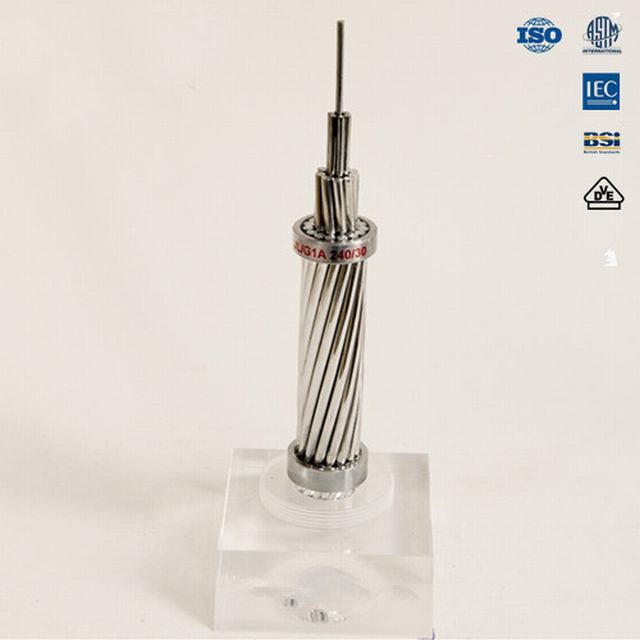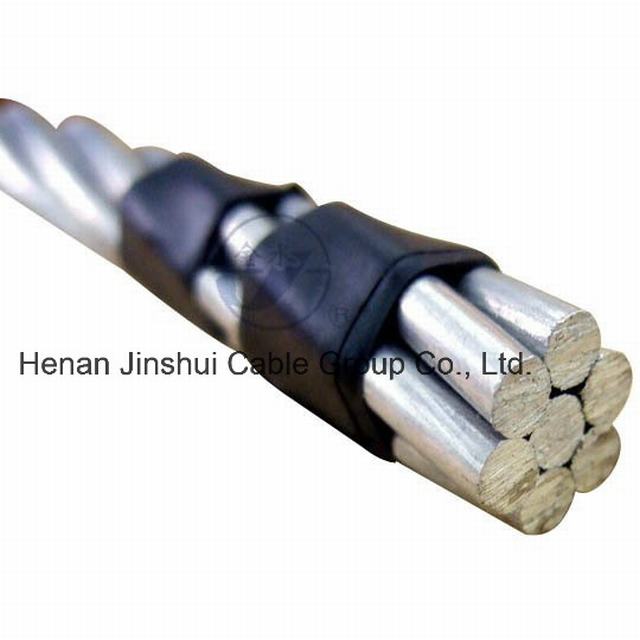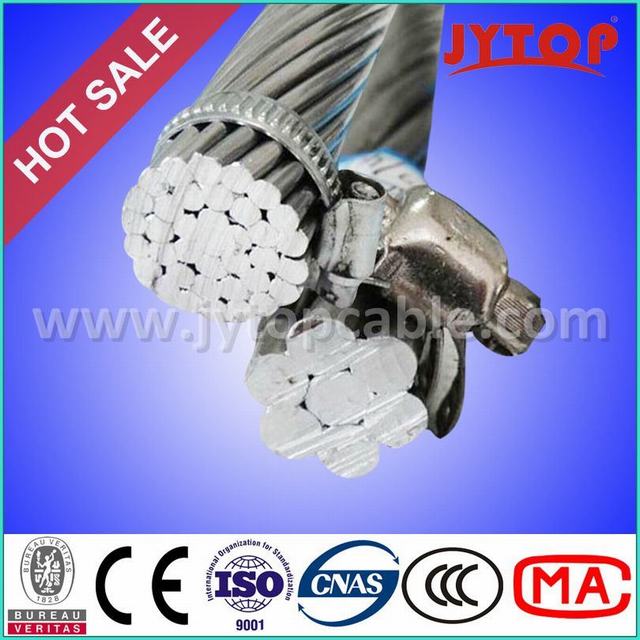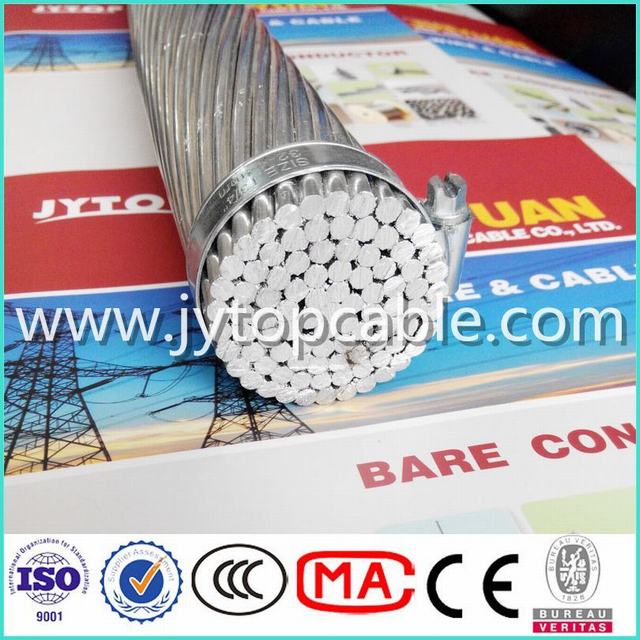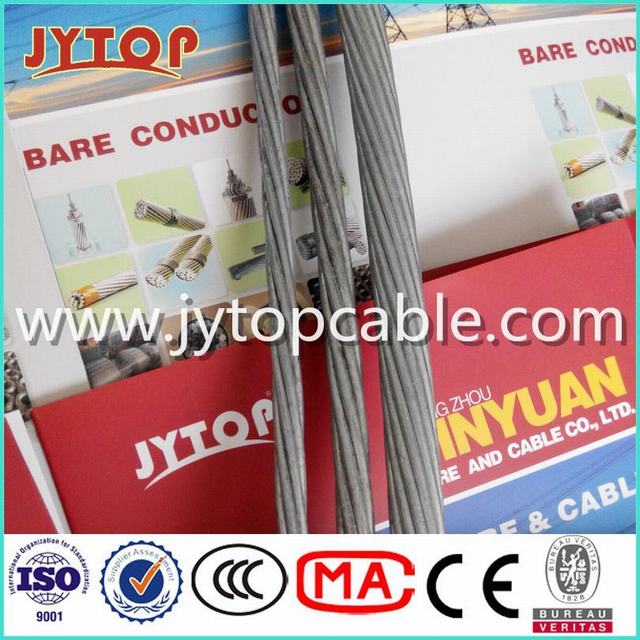Aluminum Conductor AAC to BS 215 Wasp Ant Spider Fly
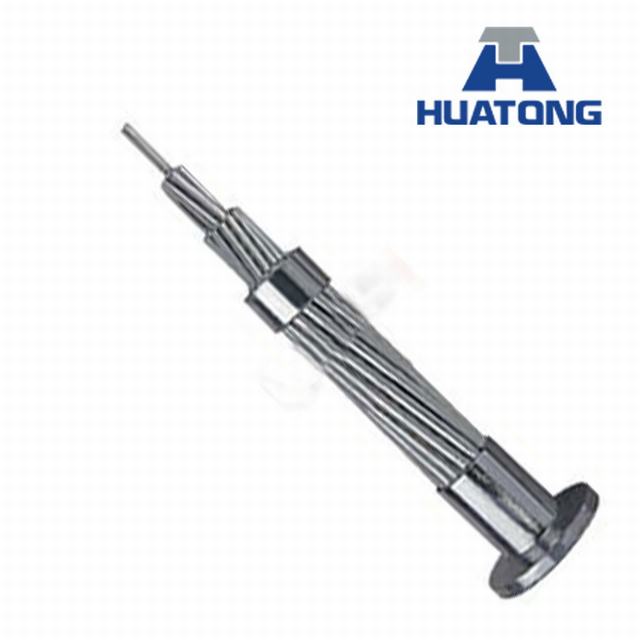
Product Description
1.Applications
ACSR,AAC,AAAC,ASCSR&ACAR conductor widely used in power transmission lines with various voltage levels. since they have such good characteristics as simple structure, convenient installation and maintenance, low cost for the line, large transmission capacity and are also suitable for laying across rivers and valleys where special geographical teatures exist.
2. Specification:
(1) all aluminium conductor (AAC)
(2) all aluminimum alloy conductor(AAAC)
(3) aluminum conductor steel reinforced (ACSR)
(4) anti-corrosion type ACSR
(5) aluminimum conductor aluminimum clad steel reinforced(ACSR/AW)
(6)rear earth aluminimum conductor steel reinforced(ACSR/RE)
(7)aluminimum conductor aluminimum alloy reinforced(ACAR)
3.Service Performance
(1).The permissible long-time operating temperature for aerial conductor electronic cable is 70oC.
(2).Under the circumstance that rare climate is occuring and ice coverage rate low in heavy ice area,the biggest stress of cable at the lowest point of the sag should not exceed 60% of the short-time destructive power.
(3).When connecting conductors,the AAC conductor electronic cable beside the connecting tube cant be prominent.Otherwise,the force on the operating conductors will be unbalanced.After connectors are install,the connecting tube should be painted by moisture-proof varnish in order to protect it from corrosion.
(4).Under installaion,the arc downing stress of all the conductors should be the same.With in the permissible distance of crossing buildings or dropping to the ground,the stress can be 10-15% higher than regular stress.
4.Material Standard:IEC83, IEC1089, 31, B232, BS215, DIN48204
(1). Standard: IEC61089, BS215 part2, ASTM B232, DIN48204, BS EN50182
(2). Specification: ACSR is composed by bare concentric-lay-stranded galvanized steel wire(s) with aluminum wires surrounded by one or more layers of helically. Greased ACSR can also be supplied.
(3). Application: ACSR is widely used in overhead electric power transmission and distribution lines with various voltage levels
We can supply this conductor according to different recognized standards, such as IEC61089, BS215, BS EN 50182: 2001, STM B231, CSA C49, DIN480201, JIS C3109, customer special specification also can be satisfied.
5.Technical details
AAC Technical Characteristics Based on Standard BS215
| Code name | Nominal aluminum area |
Stranding and wire diameter |
Sectional area |
Overall diameter |
Linear mass |
Max. DC resistance at 20 ºC |
Rated strength | Final modulus of elasticity |
Coefficient of linear expansion |
| mm 2 | mm | mm 2 | mm | kg/km | Ω/km | daN | hbar | /ºC | |
| Midge | 22 | 7/2.06 | 23.33 | 6.18 | 63.8 | 1.227 | 399 | 5900 | 23.0×10 -6 |
| Aphis | 25 | 3/3.35 | 26.40 | 7.2 | 73 | 1.081 | 411 | 5900 | 23.0×10 -6 |
| Gnat | 25 | 7/2.21 | 26.8 | 6.6 | 73 | 1.066 | 459 | 5900 | 23.0×10 -6 |
| Weevil | 30 | 3/3.66 | 31.6 | 7.9 | 86 | 0.9082 | 486 | 5900 | 23.0×10 -6 |
| Mosquito | 35 | 7/2.59 | 37.0 | 7.8 | 101 | 0.7762 | 603 | 5900 | 23.0×10 -6 |
| Ladybird | 40 | 7/2.79 | 42.8 | 8.4 | 117 | 0.6689 | 687 | 5900 | 23.0×10 -6 |
| Ant | 50 | 7/3.10 | 52.83 | 9.30 | 145 | 0.5419 | 828 | 5900 | 23.0×10 -6 |
| Fly | 60 | 7/3.40 | 63.55 | 10.20 | 174 | 0.4505 | 990 | 5900 | 23.0×10 -6 |
| Bluebottle | 70 | 7/3.66 | 73.7 | 11.0 | 202 | 0.3881 | 1134 | 5900 | 23.0×10 -6 |
| Earwig | 75 | 7/3.78 | 78.5 | 11.4 | 215 | 0.3644 | 1194 | 5900 | 23.0×10 -6 |
| Grasshopper | 80 | 7/3.91 | 84.1 | 11.7 | 230 | 0.3406 | 1278 | 5900 | 23.0×10 -6 |
| Clegg | 90 | 7/4.17 | 95.6 | 12.5 | 262 | 0.2994 | 1453 | 5900 | 23.0×10 -6 |
| Wasp | 100 | 7/4.39 | 106.0 | 13.17 | 290 | 0.2702 | 1600 | 5900 | 23.0×10 -6 |
| Beetle | 100 | 19/2.67 | 106.0 | 13.4 | 293 | 0.2704 | 1742 | 5600 | 23.0×10 -6 |
| Bee | 125 | 7/4.90 | 132.0 | 14.7 | 361 | 0.2169 | 1944 | 5600 | 23.0×10 -6 |
| Cricket | 150 | 7/5.36 | 157.9 | 16.1 | 432 | 0.1818 | 2385 | 5600 | 23.0×10 -6 |
| Hornet | 150 | 19/3.25 | 157.6 | 16.25 | 434 | 0.1825 | 2570 | 5600 | 23.0×10 -6 |
| Caterpillar | 175 | 19/3.53 | 186 | 17.7 | 512 | 0.1547 | 2863 | 5600 | 23.0×10 -6 |
| Chafer | 200 | 19/3.78 | 213.2 | 18.9 | 587 | 0.1349 | 3240 | 5600 | 23.0×10 -6 |
| Spider | 225 | 19/3.99 | 236.9 | 20.0 | 652 | 0.1211 | 3601 | 5600 | 23.0×10 -6 |
| Cockroach | 250 | 19/4.22 | 265.7 | 21.10 | 731 | 0.1083 | 4040 | 5600 | 23.0×10 -6 |
| Butterfly | 300 | 19/4.65 | 322.7 | 23.25 | 888 | 0.08916 | 4875 | 5600 | 23.0×10 -6 |
| Moth | 350 | 19/5.00 | 373.2 | 25.0 | 1027 | 0.07711 | 5637 | 5600 | 23.0×10 -6 |
| Drone | 350 | 37/3.58 | 373.3 | 25.1 | 1029 | 0.07741 | 5745 | 5600 | 23.0×10 -6 |
| Locust | 400 | 19/5.36 | 428.5 | 26.8 | 1179 | 0.06710 | 6473 | 5600 | 23.0×10 -6 |
| Centipede | 400 | 37/3.78 | 415.2 | 26.46 | 1145 | 0.06944 | 6310 | 5600 | 23.0×10 -6 |
| Maybug | 450 | 37/4.09 | 486.9 | 28.6 | 1342 | 0.05931 | 7401 | 5600 | 23.0×10 -6 |
| Scorpion | 500 | 37/4.27 | 529.5 | 29.9 | 1460 | 0.05441 | 7998 | 5600 | 23.0×10 -6 |
| Cicada | 600 | 37/4.65 | 628.6 | 32.6 | 1733 | 0.04588 | 9495 | 5600 | 23.0×10 -6 |
| Tarantula | 750 | 37/5.23 | 794.6 | 36.6 | 2191 | 0.03627 | 12010 | 5600 | 23.0×10 -6 |
ACSR Technical Characteristics Based on Standard BS 215-2
| Code name | Nominal aluminium area | Stranding and wire diameter | Sectional area of aluminium | Total sectional area | Approx. overall diameter | Approx. mass | Calculated D.C. resistance at 20oC | Calculated breaking load | |
| Al | Steel | ||||||||
| mm2 | No./mm | mm2 | mm2 | mm | kg/km | Ω/km | kN | ||
| RABBIT | 50 | 6/3.35 | 1/3.35 | 52.88 | 61.7 | 10.05 | 214 | 0.5426 | 18.35 |
| DOG | 100 | 6/4.72 | 7/1.57 | 105 | 118.5 | 14.15 | 394 | 0.2733 | 32.7 |
| WOLF | 150 | 30/2.59 | 7/2.59 | 158.1 | 194.9 | 18.13 | 726 | 0.1828 | 69.2 |
| DINGO | 150 | 18/3.35 | 1/3.35 | 158.7 | 167.5 | 16.75 | 506 | 0.1815 | 35.7 |
| LYNX | 175 | 30/2.79 | 7/2.79 | 183.4 | 226.2 | 19.53 | 842 | 0.1576 | 79.8 |
| ZEBRA | 400 | 54/3.18 | 7/3.18 | 428.9 | 484.5 | 28.62 | 1621 | 0.0674 | 131.9 |
AAAC Technical Characteristics Based on Standard BS 3242
| Code name | Nominal aluminium area | Stranding and wire diameter | Sectional area | Approx. overall diameter | Approx. mass | Calculated D.C. resistance at 20oC | Calculated breaking load |
| mm2 | No./mm | mm2 | mm | kg/km | Ω/km | kN | |
| ALMOND | 25 | 7/2.34 | 30.1 | 7.02 | 82 | 1.094 | 8.44 |
| CEDAR | 30 | 7/2.54 | 35.47 | 7.62 | 97 | 0.9281 | 9.94 |
| FIR | 40 | 7/2.95 | 47.84 | 8.85 | 131 | 0.688 | 13.4 |
| HAZEL | 50 | 7/3.30 | 59.87 | 9.9 | 164 | 0.5498 | 16.8 |
| OAK | 100 | 7/4.65 | 118.9 | 13.95 | 325 | 0.2769 | 33.3 |
| ASH | 150 | 19/3.48 | 180.7 | 17.4 | 497 | 0.183 | 50.65 |
| ELM | 175 | 19/3.76 | 211 | 18.8 | 580 | 0.1568 | 59.1 |
| UPAS | 300 | 37/3.53 | 362.1 | 24.71 | 997 | 0.09155 | 101.5 |
- Next: Bare Aluminum Conductor Steel Reinforced ASTM Standard ACSR Cable
- Previous: Overhead XLPE Insulated ASTM Aerial ABC Cable 1X16mm2



